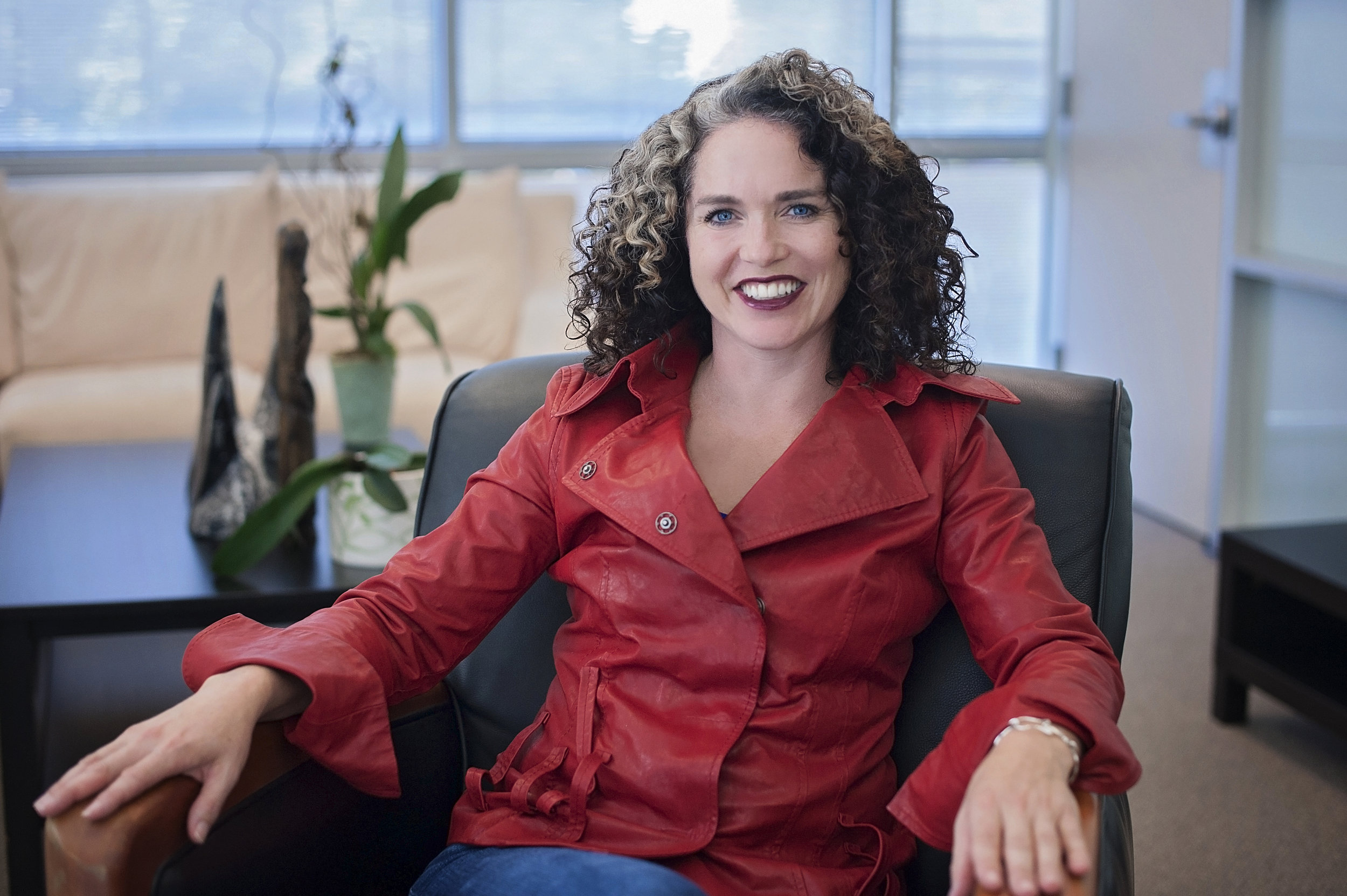What we can do in order to make gender equality in the STEM industry a standard? I have an idea.
Ridiculous disparity
Ever since the Nobel Prize’s establishment in 1901, only two women—Marie Curie (1903) and Maria Mayer (1963)—have won the prize in physics. And only four women—Marie Curie (1911), Irène Joilet-Curie (1935), Dorothy Crowfoot Hodgkin (1964), and Ada E. Yonath (2009)—have won the Nobel Prize in Chemistry. Saying there’s a gender disparity in scientific research is an understatement.
A quick snapshot shows that while elementary and high school girls and boys do not differ significantly in science and math abilities, boys are three times more likely to be interested in pursuing science, technology, engineering and mathematics (STEM) majors in college. Both genders are almost equally represented in early stages of academic research careers, yet women are underrepresented in high-ranking positions. According to an Association of American Medical Colleges report, in 2014 only 21% of full-time professors at American medical schools were women.
The higher up you go up in education and career lifespans—from elementary school all the way up to tenured professorship—the fewer girls and women you see.
The gender gap in science touches all women’s lives
This gender gap isn’t just bad for female scientists — it’s bad for all women. Naturally researchers are inclined to conduct research on diseases and ailments relevant to their own health and the health of their gender, as those are the illnesses and conditions that often hit closest to home and for which they have the most passion. Without women advancing to the highest academic research positions, where they can become leaders and materially contribute to policy, we will see increasing disparity in the number of treatments and therapeutics available to women compared with those for men.
It’s hard to believe or to admit that, even in 2017, we still exist in a patriarchal society, where men are very much in control of economics, politics, military power and even social issues. Unfortunately, the life science space is no better or different, with female scientists exiting the field early on in their careers and almost never reaching the top of the academic pyramid.
There are several reasons for this attrition that have been previously highlighted, but a focus hasn’t been on what I believe to be a key reason: lack of available funding for women.
Follow the money (and the lack thereof)
As an example, let’s consider the National Institute of Health (NIH) funding of research grants. It has been found that despite earning higher praise than men on their research, women actually receive lower scores on NIH grant renewal applications, revealing gender-bias in the grant application process. This is very much a factor contributing to the lack of of mid-career female scientists.
Moreover, looking at the number of Principal Investigators (PIs) who apply for research grants, we find women constitute only 30% of the total number of research grant PI applicants, and only 10-15% of NIH research center and small business research program PIs. The latter largely affects funding of female entrepreneurs. The numbers speak for themselves, and directly reflect the dire state of female representation in life science entrepreneurial endeavors.
Michelle Obama recently addressed this issue within the tech industry. As a guest speaker at Apple’s annual WWDC developer conference, the former First Lady urged the crowd – particularly the men – to face this lack of gender diversity head on, saying: “We have to want to. And that’s where I look to the fellas in the room and say, ‘Are you ready? Are you really ready to have women at the table? Then make room.”
The tide is turning at last
I do think things are getting better. Last month, when I attended a ceremony in San Jose as a winner of the Silicon Valley Business Journal’s Women of Influence 2017 award, I noticed women standing side by side, supporting each other in solidarity to dream big and dare to take risks. I could really feel the energy from these empowered women in the room. The event warmed my heart, leaving me much more optimistic that a brighter future for both my daughter and my son lays ahead, and that we are moving in the right direction.
Whether it’s in the life science research field or in our general society, the vast majority of women suffer consequences of gender bias and inequality. We all share a responsibility to show solidarity for women across all fields as a means to achieve proper representation.
At the end of the day, feminism makes the world better for everyone—yes, even for men. Further, everyone has the ability, even in the most difficult situations, to find small ways to rebel and take part in a larger change to improve the lives of everyone around us.
I propose this solution
Whether you’re writing about it, speaking out or taking action, there are countless ways for every woman and man to promote small changes. In addition to the bravery of speaking up or writing about this controversial matter, it is also important to find a concrete solution that improves the representation of women in the life science industry – and more broadly across all industries. More and more, I am realizing we need actionable steps that anyone can take.
The solution that I am proposing is “50% in all,” meaning that in every company, on every management team and board, in all academic environments and across all industries, there should be at least 50% women. If we as a society succeed in adhering to the “50% in all” imperative, and advance to have it as the accepted norm, we all benefit.
In order for “50% in all” to have widespread impact, there will need to be a bottom-up push by us all to catalyze real societal change. As a founder of my own company in the biotech and life science space, I am committed to continuing to uphold this rule within my own business, and continuing to make sure there is equal representation for women in the decision-making process.
If enough people commit in this way, these changes will add up with other small changes to come together into something big and impactful, making a true difference in gender equality.
Dr. Karin Lachmi is co-founder, chief scientific officer and president of Bioz, developers of the world’s first search engine for life science experimentation. Dr. Lachmi is an accomplished researcher, and previously served as a managing director of the western region of the Tel Aviv Sourasky Medical Center US. She also worked as a neuroscientist and researcher at Stanford. Dr. Lachmi originally earned a Ph.D. working on brain cancer at Tel Aviv University.











